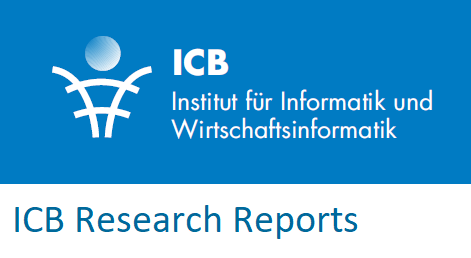Goal-scenario-oriented requirements engineering for functional decomposition with bidirectional transformation to controlled natural language : Case study “Body Control Module”
Requirements for embedded systems are mainly documented using natural language. This is due to the fact that natural language does not require special nomenclature knowledge and is accepted as the basis for contractual agreements. However, purely natural-language-based requirements engineering (RE) is often error-prone, potentially ambiguous, and does not foster traceability and hence requires tedious manual reviews and analyses. Model-based requirements engineering is often considered a possible solution as models enhance traceability, aid in stakeholder communication, and foster automatic model analysis and model checking. However, model-based requirements engineering is only slowly adopted in the industry, partly because no clear guidelines to their application exist, particularly in legally binding documents. In order to combine the advantages of model-based requirements engineering with the convenience of natural-language-based requirements engineering, we developed a combined RE approach that relies on both a controlled natural language (i.e., a natural language that is restricted in its expressiveness) as well as requirements models and defines a structured interface between both specification paradigms. The purpose of this document is to report on the application of the combined approach in an industrial case study from the automotive industry: a body control module. A body control module is an electronic control unit (ECU) that centralizes the control of body and comfort functions provided by multiple other ECUs distributed in a vehicle. The case study illustrates how controlled natural language as well as requirements models can be used in order to specify solution-neutral goal and scenario models as well as functional requirements of a body control module across multiple layers of abstraction.
Vorschau

Zitieren
Zitierform:
Daun, Marian et al. (2013): Goal-scenario-oriented requirements engineering for functional decomposition with bidirectional transformation to controlled natural language: Case study “Body Control Module”. In: ICB Research Reports. Online unter: https://nbn-resolving.org/urn:nbn:de:hbz:464-20180917-090325-0.
Zitierform konnte nicht geladen werden.
